Now a days heart attack is very common disease in society. Its Common in old age and young people similarly. So everyone is in radar of heart disease even its increasing in child as well. So we will learn about how heart attack is cause and what are the symptoms of heart attack or heart failure.so lets find out all the heart related issues detail.
What are the Functions and How it Works?
The heart pumps blood through the body carrying oxygen and nutrients to all cells in the body so they can survive and do their jobs. The blood also carries waste products from the cells to the organs that get rid of a waste such as your kidneys, your heart is a double pump.
- The right side pumps blood to your lungs where the blood picks up oxygen and then is returned to the left side of the heart.
- The left ventricle then pumps blood to your body through the large artery called the aorta. As the blood circulates oxygen is moved from your blood to the cells throughout your body.
Blood that do not has oxygen returns to the right side of the heart through your veins. This process occurs with each heartbeat. The heart itself needs a constant supply of oxygen. The blood richest oxygen is carried through the arteries. These arteries are found on the surface of the heart.
What are the Causes of Heart Attack and Failure?
There are two main arteries main arteries known as coronary arteries
- The left main coronary artery
- The right coronary artery
These two arteries then divide into many smaller branches that go into the heart muscle. Any coronary artery abnormality can cause reduced flow of oxygen and nutrients to the heart, which may lead to a heart attack and possibly death. This can cause the artery to narrow or become blocked a form of atherosclerosis. This is the most common cause of heart disease. Coronary heart disease also known as coronary artery disease or COPD is a hardening of the arteries caused by the accumulation of fatty deposits, which is often called Plaque. This plaque buildup occurs a lot of the innermost layer of the coronary arteries.
The fatty deposits may produce in childhood and continue to thicken and enlarge during life. As the plaque builds up the artery narrows and blood flow gets low to the heart muscle. When blood flow is decreased you have reduced flow of oxygen and nutrients to the heart. When the narrowing is severe the tissues are at risk for not getting enough oxygen and nutrients. We now know that these plaques that develop can rupture or break open the body then tries to repair the site and forms a blood clot which can block blood flow completely.If this happens and blood flow is not restored the tissues may die which is considered a heart attack.
Our bodies often warn us that the heart is not getting enough oxygen and nutrients. Signs of coronary heart disease will depend on the seriousness of the disease. Some persons with CHD have no symptoms. Some have stages of mild chest pain or angina and some have more chest pain. When symptoms are present, each person may feels them differently. Symptoms of coronary artery disease may have heaviness, tightness, pressure and pain in the chest behind the breastbone pain radiating in the arms, shoulders, jaw, neck, and or back. Shortness of breath, weakness and fatigue, nausea or vomiting may occur as well being aware of your risk factors is very important and controlling your risk of having a heart attack in the future. Risk factors include high LDL cholesterol also known as bad cholesterol high triglyceride levels and low HDL cholesterol which is your good cholesterol high blood pressure also known as hypertension.
What are the precautions?
It is important to monitor your blood pressure on a regular basis using an automatic cuff can be very simple and helpful. It’s also important to monitor your heart rate being physically inactive increases your risk of developing further heart disease after smoking and being overweight. It’s important to follow a diet low in saturated fat and high in fiber fruits and vegetables. Make sure your blood sugar is monitored regularly if you have diabetes and treat elevated blood sugar to recommended goals controlling risk factors is the key to preventing illness and death from COPD.Make sure you talk to your doctor if you have any of these risk factors. There are many ways to address and treat these risk factors. Each person should have an individual plan to care for his or her risks.
If you have any questions regarding any of these areas then contact to your doctor’s office or refer back to the information provided at your discharge .
Also, heart attacks which are medically referred to as myocardial infarctions occur as a result of many factors often involving some combination of lifestyle, genetics and underlying health conditions. Some important causes of myocardial infarction include:
Coronary Artery Disease (CAD)
The most common cause of heart attacks is coronary artery disease occurs when the arteries that supply blood to the heart get narrowed or blocked due to the build-up of plaques (atherosclerosis). This blocks oxygenated blood from flowing normally in the muscle leading to lack of oxygen and this may lead to damage or death of the heart.
High Blood Pressure (Hypertension)
Over time, chronic high blood pressure can increase the chances of atherosclerosis heart failure and subsequent occurrence of heart attack because it strains both the heart and blood vessels.
High Cholesterol
Higher LDL cholesterol levels and triglycerides might result into arteriosclerosis in where arteries become narrow thereby increasing probability for myocardial infarction.
Smoking
Chemicals in tobacco smoke that are harmful to the blood vessels cause inflammation and speed up atherosclerosis. On the other hand, smokers have much higher rates of suffering from heart attack compared to non-smokers.
Diabetes
Uncontrolled diabetes damages blood vessels and nerves, putting sufferers at risk of atherosclerosis, hypertension, and heart attacks. In comparison with patients without diabetes, those diagnosed with diabetes have increased chances of developing heart disease.
Obesity and Sedentary Lifestyle
Increased body weight or obesity and leading sedentary lifestyles are linked to an augmented likelihood of heart disease as well as heart attack cases. Hypertension, diabetes mellitus and hyperlipidemia are caused by both physical inactivity & excess body weight that can also lead to myocardial infarction.
Family History and Genetics
If there has been any family history associated with any heart diseases or heart attacks then it raises their chances indicating that they inherited them genetically. Most importantly, someone can inherit a condition such as familial hypercholesterolemia which will also make him/her more likely to have a stroke.
Stress and Mental Health
Cardiovascular health is adversely affected by long-term pressure, nervousness and depression due to high blood pressure, inflammation and negative coping mechanisms like smoking or eating too much that promote the occurrence of heart disease.
Unhealthy Diet
High intake of fats, salts and refined sugars leads to increased risk obesity, high cholesterol levels and hypertension which are all factors causing heart attacks.
Excessive Alcohol Consumption
Blood pressure raising, increase in triglycerides level and obesity increase the chances for a person getting coronary artery disease (CAD) and directly predisposing them to a heart attack.
It is worth noting that many risk factors for myocardial infarction is preventable by lifestyle changes and medical intervention. A healthy lifestyle that involves regular physical activities, balanced nutrition, quitting smoking, stress control as well as effective management of chronic conditions such as diabetes mellitus and hypertension can greatly reduce the chance of developing myocardial infarction and enhance overall cardiovascular health. Early detection as well as management of risk factors can also be achieved through regular checkups with physicians.



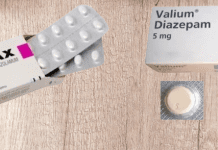
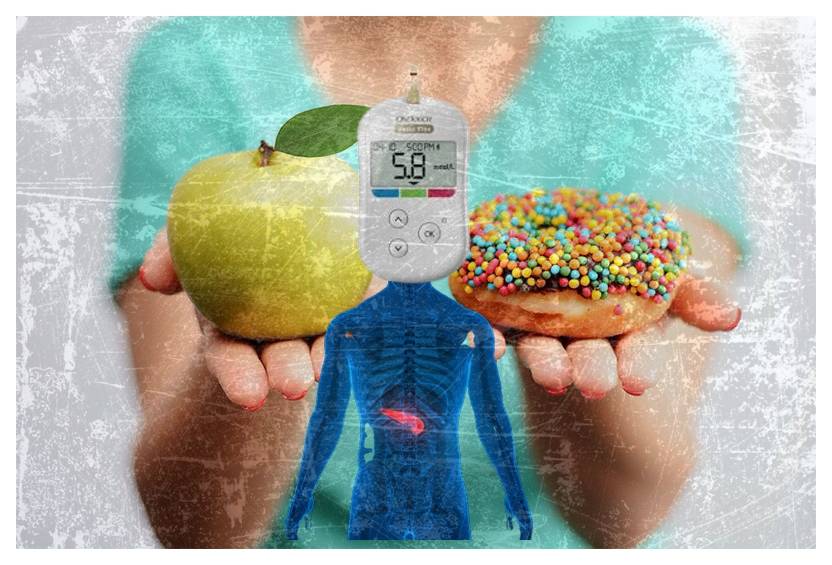
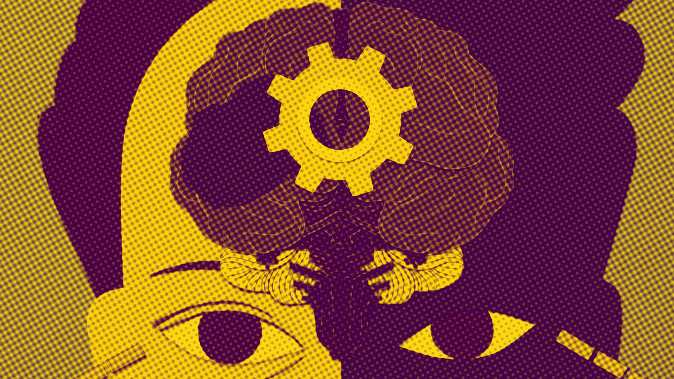

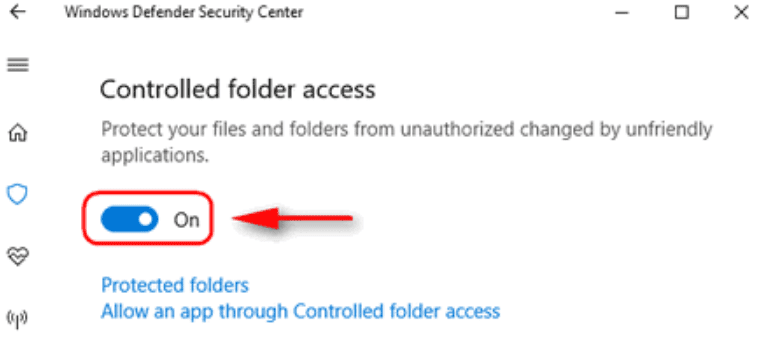
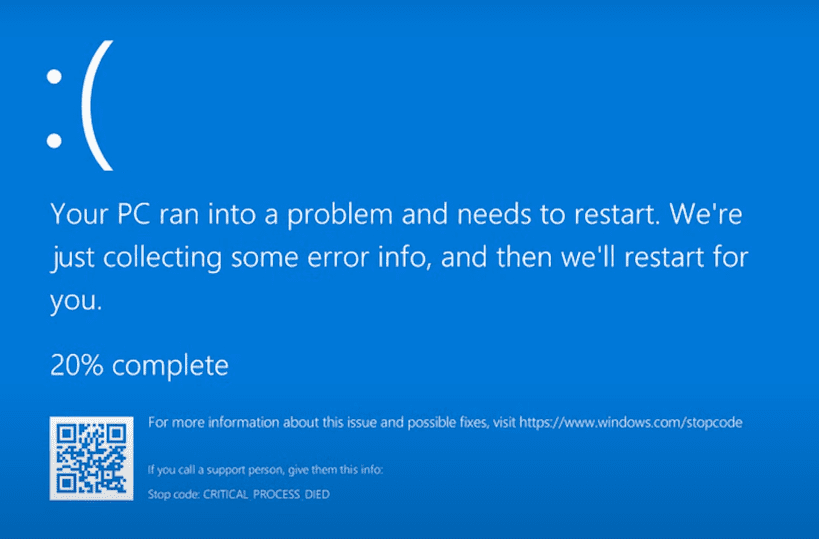
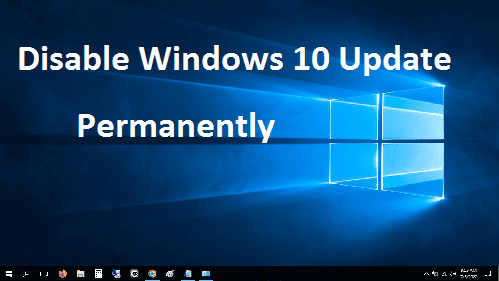
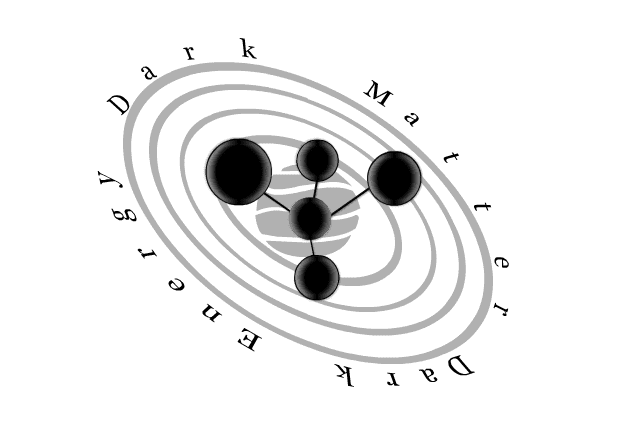








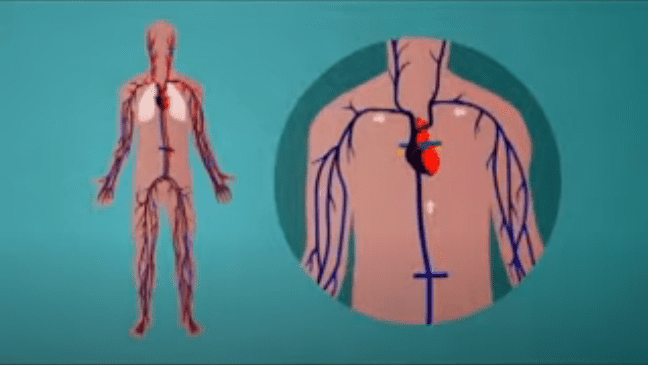



I’m not that much of a internet reader to be honest but your blogs really nice, keep it up!
I’ll go ahead and bookmark your site to come back in the future.
Many thanks